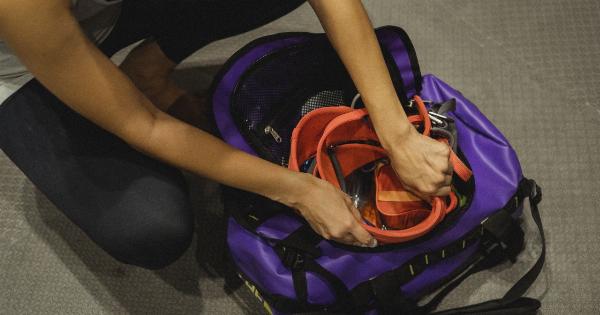High-intensity interval training (HIIT) has gained popularity in recent years due to its effectiveness in burning calories and improving cardiovascular fitness in a short amount of time.
However, like any form of exercise, there are risks involved when performing HIIT. It is important to understand and assess these risks before incorporating HIIT into your fitness routine. This article aims to examine the potential risks of HIIT and provide guidance on how to mitigate them.
1. Risk of Musculoskeletal Injuries
One of the primary risks associated with HIIT is the potential for musculoskeletal injuries. The nature of HIIT involves rapid and intense movements, increasing the likelihood of overexertion or improper form.
Common injuries may include sprains, strains, and muscle tears. It is essential to approach HIIT with caution and ensure proper warm-up, technique, and gradual progression to minimize the risk of musculoskeletal injuries.
2. Cardiovascular Stress
While HIIT has cardiovascular benefits, it also places significant stress on the cardiovascular system. HIIT involves bursts of intense exercise that rapidly elevate heart rate and blood pressure.
Individuals with existing heart conditions or high blood pressure should consult their healthcare provider before attempting HIIT. Proper monitoring of heart rate during HIIT sessions is advised to maintain safe intensity levels.
3. Heat Exhaustion and Dehydration
Due to the high intensity and duration of HIIT workouts, there is an increased risk of heat exhaustion and dehydration, especially in hot and humid environments.
The excessive sweating and fluid loss during HIIT can lead to dehydration, which can further impact the body’s ability to regulate temperature. It is crucial to stay properly hydrated before, during, and after HIIT workouts and to exercise in a well-ventilated area or use fans or air conditioning to dissipate heat.
4. Impact on Joints
Some forms of HIIT, such as jumping exercises and plyometrics, exert significant impact on joints, especially the knees and ankles.
The repetitive stress and landing forces involved in these exercises may increase the risk of joint pain, sprains, or even long-term joint damage. Individuals with pre-existing joint conditions or those prone to joint injuries should exercise caution or consider low-impact alternatives to reduce the impact on joints.
5. Overtraining and Burnout
HIIT is known for its intensity, which can potentially lead to overtraining and burnout if not properly managed.
Overtraining occurs when an individual fails to allow adequate recovery time between HIIT sessions, resulting in mental and physical fatigue, decreased performance, and increased injury risk. It is crucial to listen to your body, take rest days, and ensure enough sleep and proper nutrition to avoid overtraining and burnout.
6. Psychological Stress
The intense nature of HIIT can also lead to psychological stress if not managed properly. The pressure to constantly push oneself to the limit and meet performance goals can contribute to feelings of anxiety and stress.
It is important to maintain a balanced approach to HIIT and prioritize mental well-being alongside physical fitness.
7. Lack of Adaptability for Beginners
HIIT can be challenging for beginners who may not have a sufficient baseline level of fitness or previous exercise experience.
Jumping into intense workouts without proper preparation or modification can increase the risk of injuries and discourage individuals from continuing with HIIT. It is advisable for beginners to start with low to moderate-intensity exercises and gradually progress to HIIT as their fitness level improves.
8. Risk of Exacerbating Pre-existing Conditions
Individuals with pre-existing medical conditions such as asthma, diabetes, or orthopedic issues should be cautious when engaging in HIIT. HIIT’s high intensity can potentially worsen symptoms or strain the body further.
Prior consultation with a healthcare professional is advisable to assess the suitability of HIIT for individuals with pre-existing conditions.
9. Lack of Proper Supervision
Performing HIIT without proper supervision or guidance can increase the risks associated with this type of exercise.
Without expert advice, individuals may push themselves too hard, use incorrect form, or fail to recognize signs of overexertion or injury. It is recommended to seek guidance from a qualified fitness professional who can provide appropriate supervision and ensure proper technique during HIIT workouts.
10. Individual Variability
Lastly, the risks associated with HIIT can vary greatly based on individual factors such as age, fitness level, medical history, and adherence to safety guidelines. What may be appropriate for one person may not be suitable for another.
It is essential to assess personal limitations, consult healthcare professionals if needed, and modify HIIT exercises to cater to individual needs and capabilities.


























